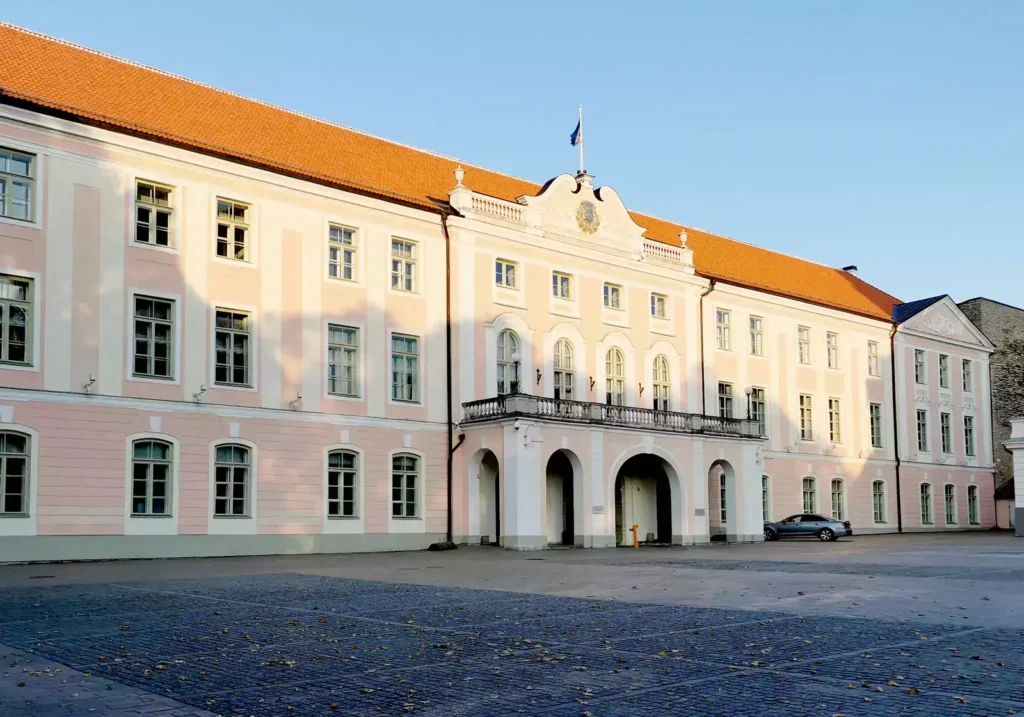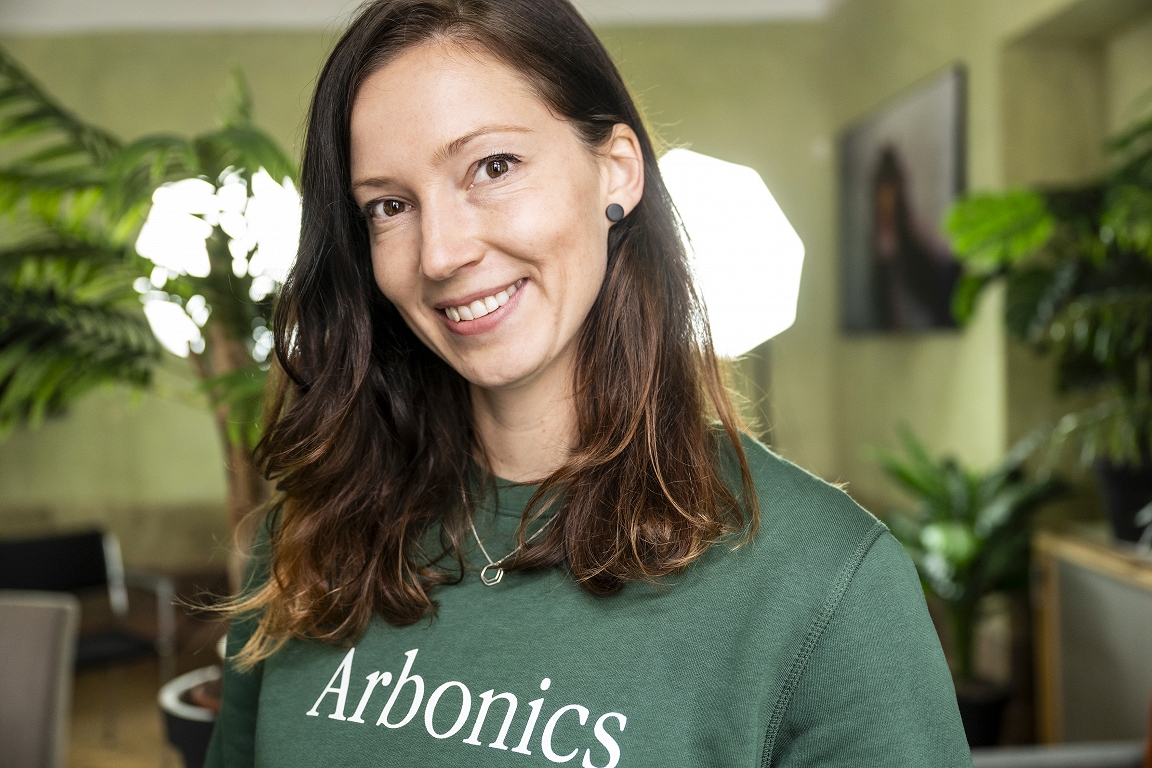Free electric bicycles, blockages of shortcuts: at a highway closing, Rijkswaterstaat tries to take everyone into account

« A bit tense », they were in the Netherlands traffic center last Monday, says Oswaldo Vianen. Would the partial road closure of the A12 result in just such a difficult situation as last summer, when a piece of A2 was equipped with new asphalt? Some motorists were in the traffic jam, overheated and getting barmnets. Kent buns to be handed out.
« It was exceptional what we saw there. The traffic jam was everywhere in the news, » Vianen looks back. This week the coordinating road traffic leader is relaxed behind his desk. There is no hectic pace. He overlooks six colleagues and dozens of screens with maps and live images of highways. Large photos of an ecoduct and passing trucks are on the wall.
In the coming months outdated infrastructure tackled in the Netherlands. The many bridges, tunnels, viaducts, roads and locks that were built in the fifties and sixties reach the end of their lifespan.
For example, part of the main road of the A2 between Maarssen and the Oudenrijn junction will close the upcoming two weekends in the direction of Den Bosch. In the coming period, maintenance is required for, among others, the motorways A1, A2, A4, A6, A9 and A10. And until 2031 a lot of work is being done on the A27.
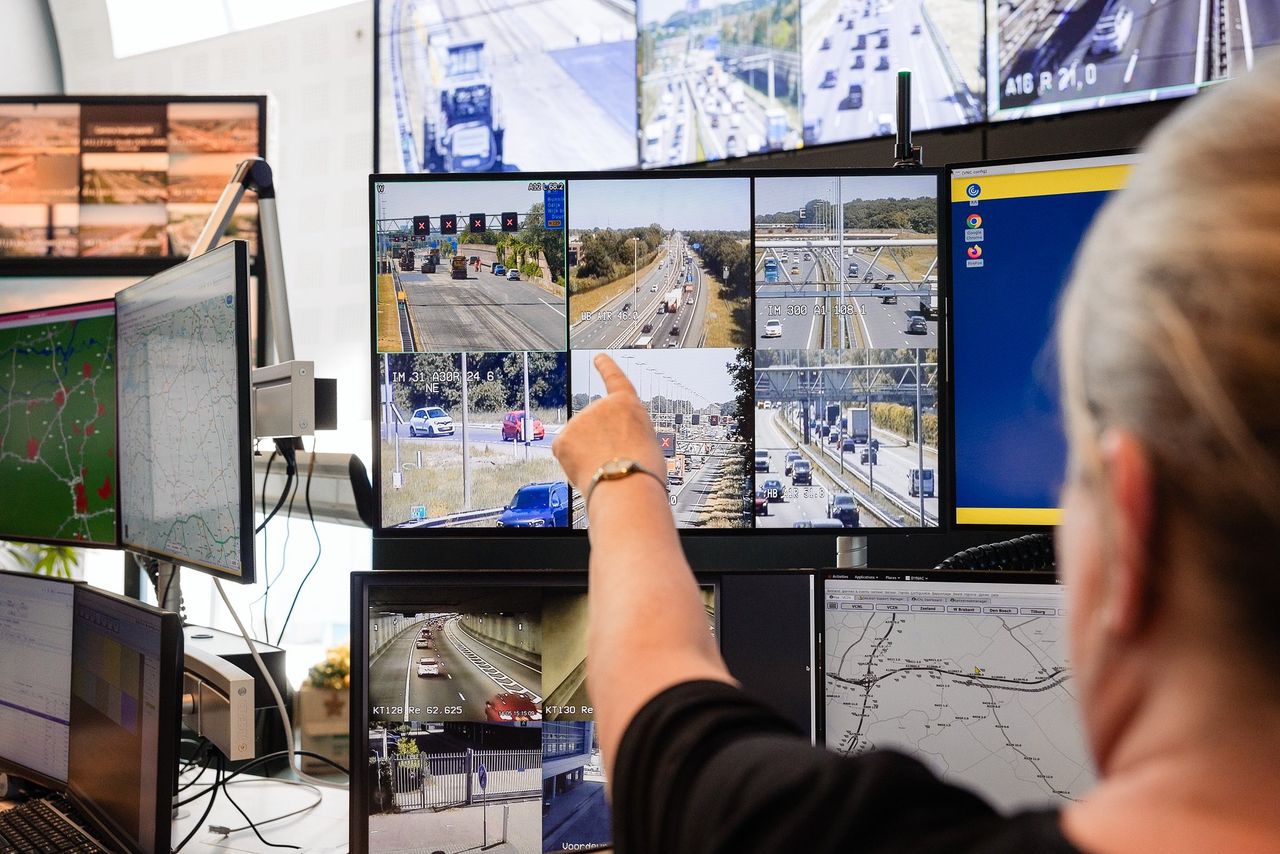
Asphalt machine
The employees of the Traffic Center, located in Utrecht between the Amsterdam-Rijnkanaal and the place where the A2 and the A12 cross each other, must ensure that all traffic on the Dutch motorways flow as safely as possible. The cans are focused on all highways day and night. Where is it going? What planned activities are there? That information is then passed on to emergency services, the ANWB and traffic apps such as Waze, Flitsmeister and Google Maps.
On a screen that offers a view of the A12, road workers in the burning sun are going with an asphalt machine and rolling. If you normally drive on this highway from Veenendaal to Utrecht, you have to look for an alternative route from 9 to 19 May. Rijkswaterstaat applies a new, quieter asphalt layer, mows the verges and replaces outdated traffic signs and traffic lighting. Such an asphalt layer lasts on average fifteen years. In August a piece of road surface of the A12 will be taken over, also towards Utrecht. Then the traffic must be diverted again.
A thirty kilometers long outdated highway for nine days and nights, requires a lot of preparation. That is why Rijkswaterstaat has been talking about it since the end of 2023 with emergency services, provinces, municipalities, residents and entrepreneurs. For example, municipalities between Ede and Bunnik, which are located on the nearby N224, feared for sneak traffic and congestion.
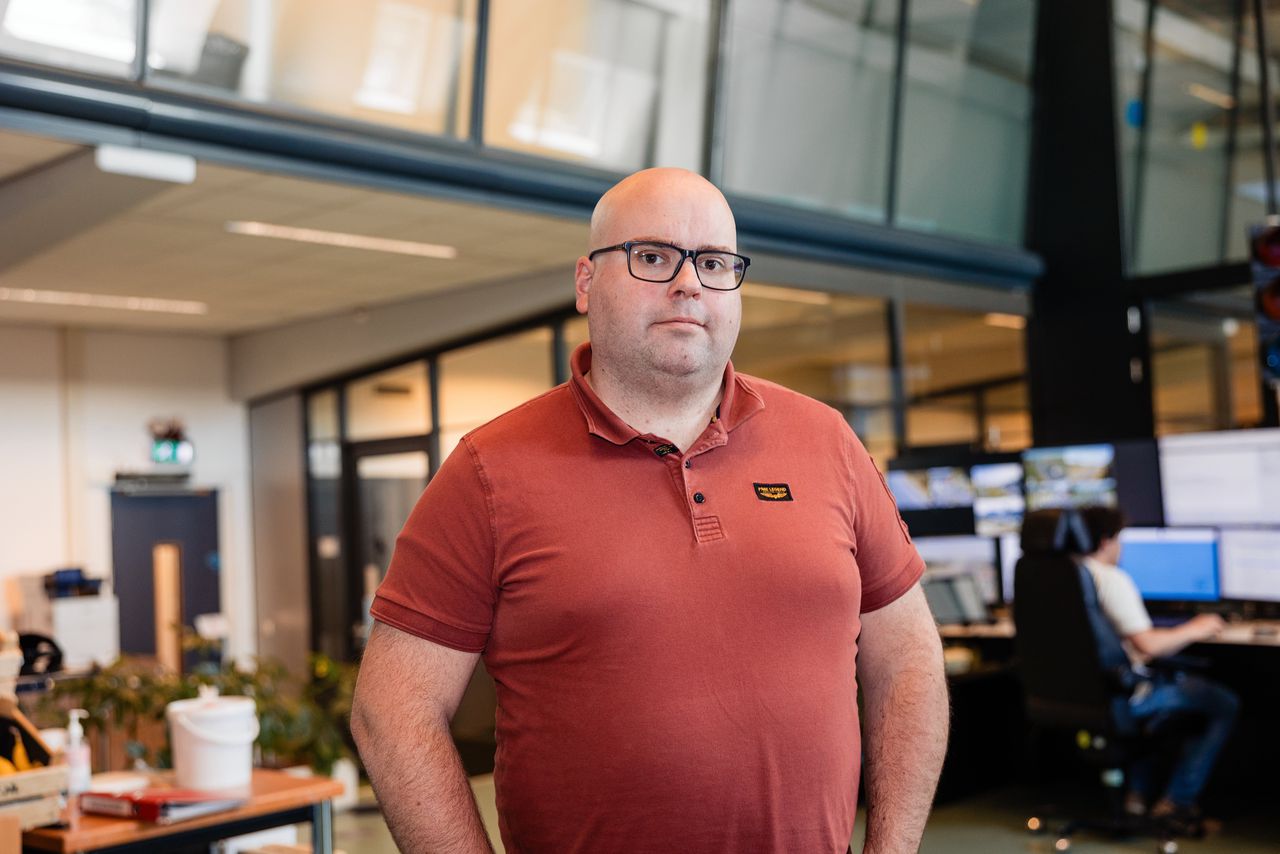
‘Smart travel’
« No municipality wanted a situation like last year in Nieuwegein, so the area was actively involved, » says traffic manager René Hooglijling at an office of Rijkswaterstaat. Next to him, a mobile air conditioner buzzes. With the help of municipalities, Rijkswaterstaat temporarily offers free e-bikes, which must tempt motorists to leave the car. Before the start of the work, travelers have already reserved hundreds of e-bikes. There are also leaflets in the Central Netherlands region with the message: « Work as much as possible at home during the closure! » People who go on the road are recommended to drive outside the rush. « We now also see that the striker gets going earlier, people leave earlier and go home earlier, » said Hoogijling. With the measures, Rijkswaterstaat temporarily reduces 15 percent of car use between Veenendaal and Utrecht. Whether people indeed work more from home or prefer alternative transport will be investigated later.
The total number of kilometers of traffic jams in the Netherlands remained fairly the same in the last working week, only diversion routes such as the A1 flowed fuller. Rijkswaterstaat immediately tries to send traffic from Germany to the A1 and Apeldoorn. For example, by advising that alternative route via navigation systems. « We have already won those motorists, » says Hooglijling.
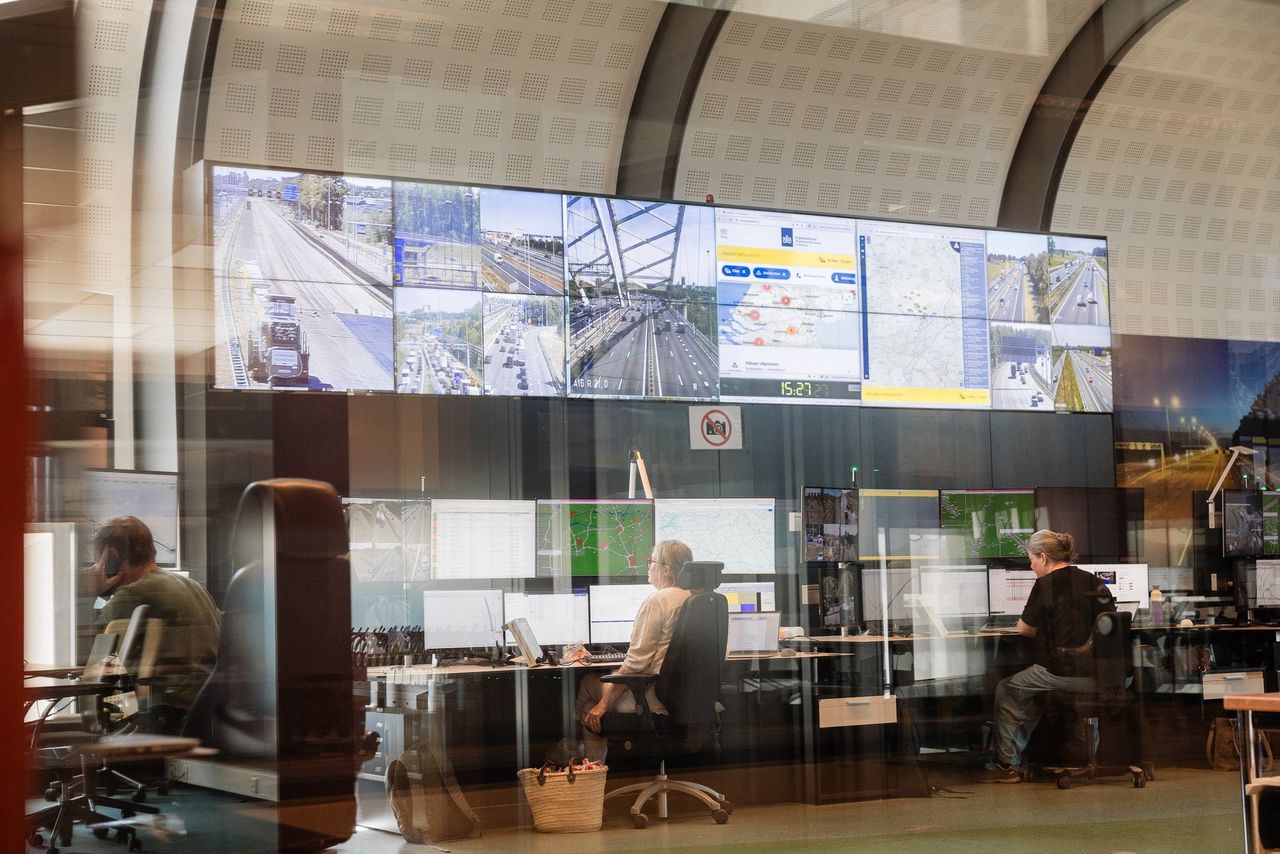
Alternative transport
A few motorists at a gas pump next to the Galgenwaard, the Stadium of FC Utrecht that lies between the A12 and A28, are blindly sailing on their navigation. Just after half past four, Jon Stuut (20) finished refueling his blue Volkswagen Polo. Stuut, Student Technical Physics in Utrecht, lives with his father and his mother, in Almere and near Ede. Normally he is in a traffic jam between Utrecht and Ede for twenty minutes during rush hour, due to the current work about fifty minutes. Yet he does not want to trade in asphalt for track. Stuut: « Due to delays, the train and tram are also not a very consistent and certain travel method. » Moreover, he has to walk fifteen minutes to the bus stop. « So public transport is not really a possibility for me. »
Behind the shop of the gas station, in the row in front of the car wash, Alinda Geest (56) is sitting on the passenger seat of a black BMW. De Utrechtse teaches at a primary school in Doorn. « I thought: you might be in a traffic jam for hours and come home very late, but the half -hour delay to Utrecht was not too bad. I wasn’t really standing still. » Bike twice a day, she has not seriously considered that. « I like cycling, but in my spare time. »
Read also
Work on the road: what advantages and disadvantages does the strategy have ‘short but violent’?
Because it gets busier on the road, people continue to drive fast and cars get bigger, nowadays Rijkswaterstaat often opts for total road closures, says traffic manager. At the same time, villages and towns must remain ‘livable and safe’ along the alternative routes. « Keeping everyone satisfied is impossible. »
Even if it is his work, road traffic leader Vianen does not find traffic jams less annoying. « Yesterday I ended up on my way home in a traffic jam on the A12. The only thing I think: pampering, why didn’t I look better before I left, man. The frustration stays the same, though. »
/s3/static.nrc.nl/wp-content/uploads/2025/05/15202713/data132276625-5d8dfd.jpg)
Photo Saskia van den Boom

:format(webp)/s3/static.nrc.nl/wp-content/uploads/2025/05/12103631/data132004055-4c8adf.jpg)
/s3/static.nrc.nl/wp-content/uploads/2025/05/16085742/web-1605BINbrand2.jpg)
:format(jpeg):fill(f8f8f8,true)/s3/static.nrc.nl/taxonomy/9db82ae-Jensen%252C%2520Stine%252001%25201280.png)
/s3/static.nrc.nl/images/gn4/data132211919-718bfd.jpg)
